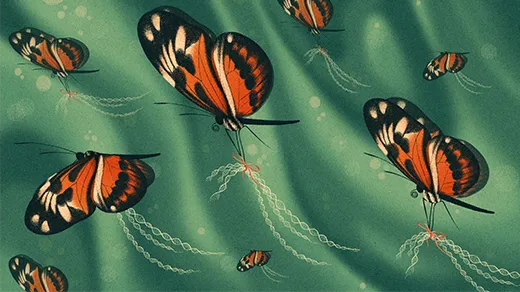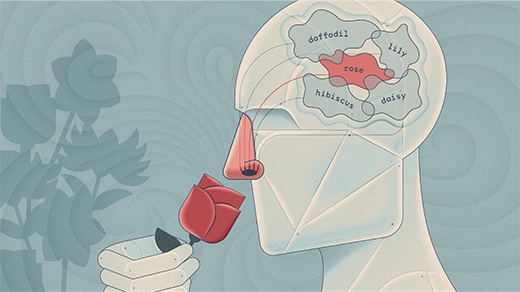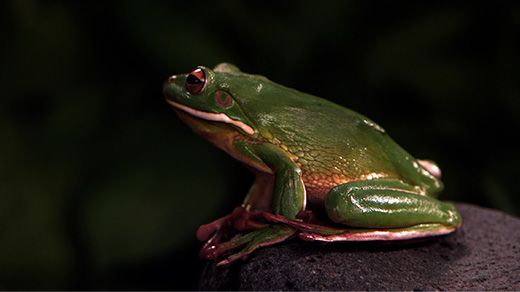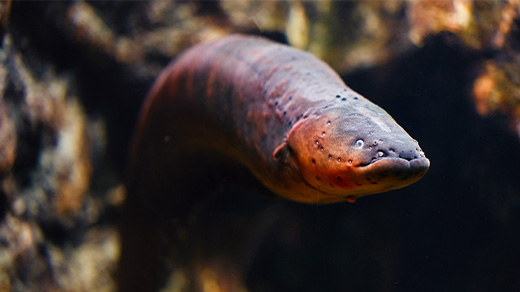What's up in
Evolution
Latest Articles
The Year in Biology
Momentum for new ideas in Alzheimer’s research joined advances in neuroscience, developmental biology and origin-of-life studies to make 2022 a memorable year of biological insights.
She Finds Keys to Ecology in Cells That Steal From Others
The ecologist Holly Moeller studies microorganisms that expand their range by absorbing organelles and gaining new metabolic talents from their prey.
How Supergenes Fuel Evolution Despite Harmful Mutations
Supergenes that lock inherited traits together are widespread in nature. Recent work shows that their blend of genetic benefits and risks for species can be complex.
How Genes Can Leap From Snakes to Frogs in Madagascar
The discovery of a hot spot for horizontal gene transfer draws attention to the possible roles of parasites and ecology in such changes.
Machine Learning Highlights a Hidden Order in Scents
Efforts to build a better digital “nose” suggest that our perception of scents reflects both the structure of aromatic molecules and the metabolic processes that make them.
Geneticist Awarded Nobel Prize for Studies of Extinct Human Ancestors
Svante Pääbo has been awarded the 2022 Nobel Prize in Physiology or Medicine for studying our extinct ancestors’ DNA.
How Do Fireflies Flash in Sync? Studies Suggest a New Answer.
Field research suggests a new explanation for the synchronized flashing in fireflies and confirms that a novel form of “chimeric” synchrony occurs naturally.
Record-Breaking Robot Highlights How Animals Excel at Jumping
Robots can surpass the limitations on how high and far animals can jump, but their success only underscores nature’s ingenuity in making the most of what’s available.
Electric Fish Genomes Reveal How Evolution Repeats Itself
By studying how electric organs arose in different lineages of fish, scientists gain new insights into a long-standing question of evolutionary biology.








